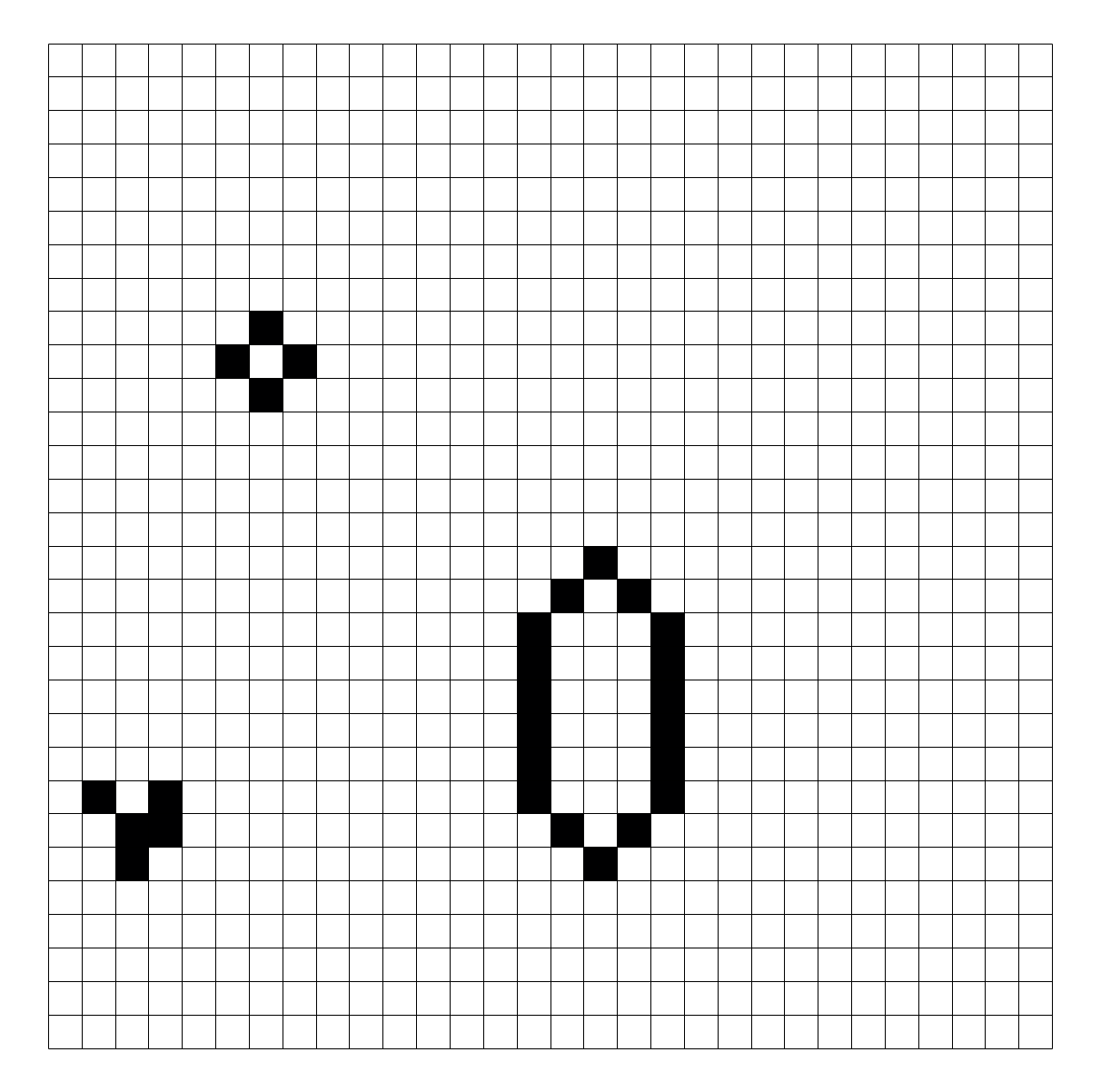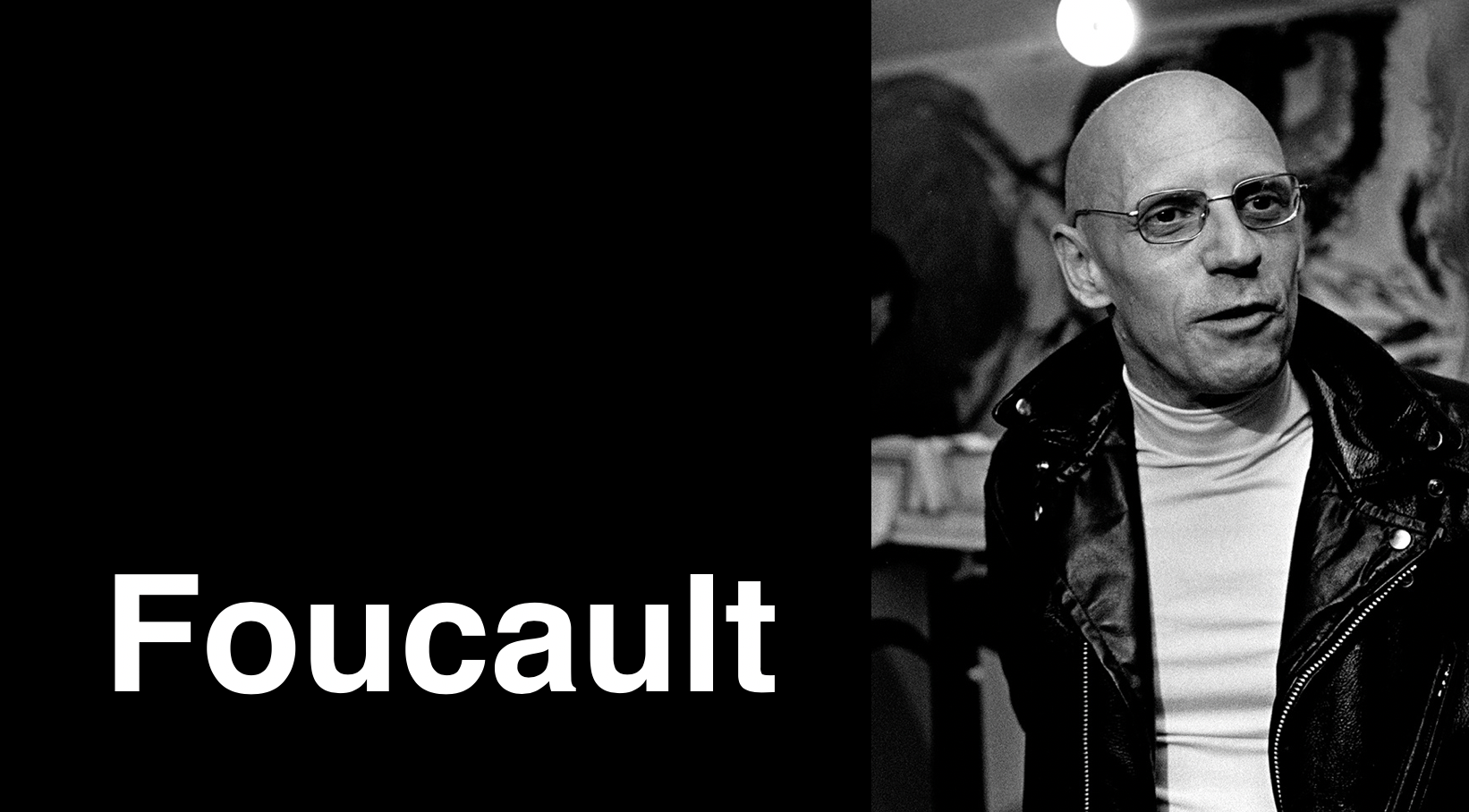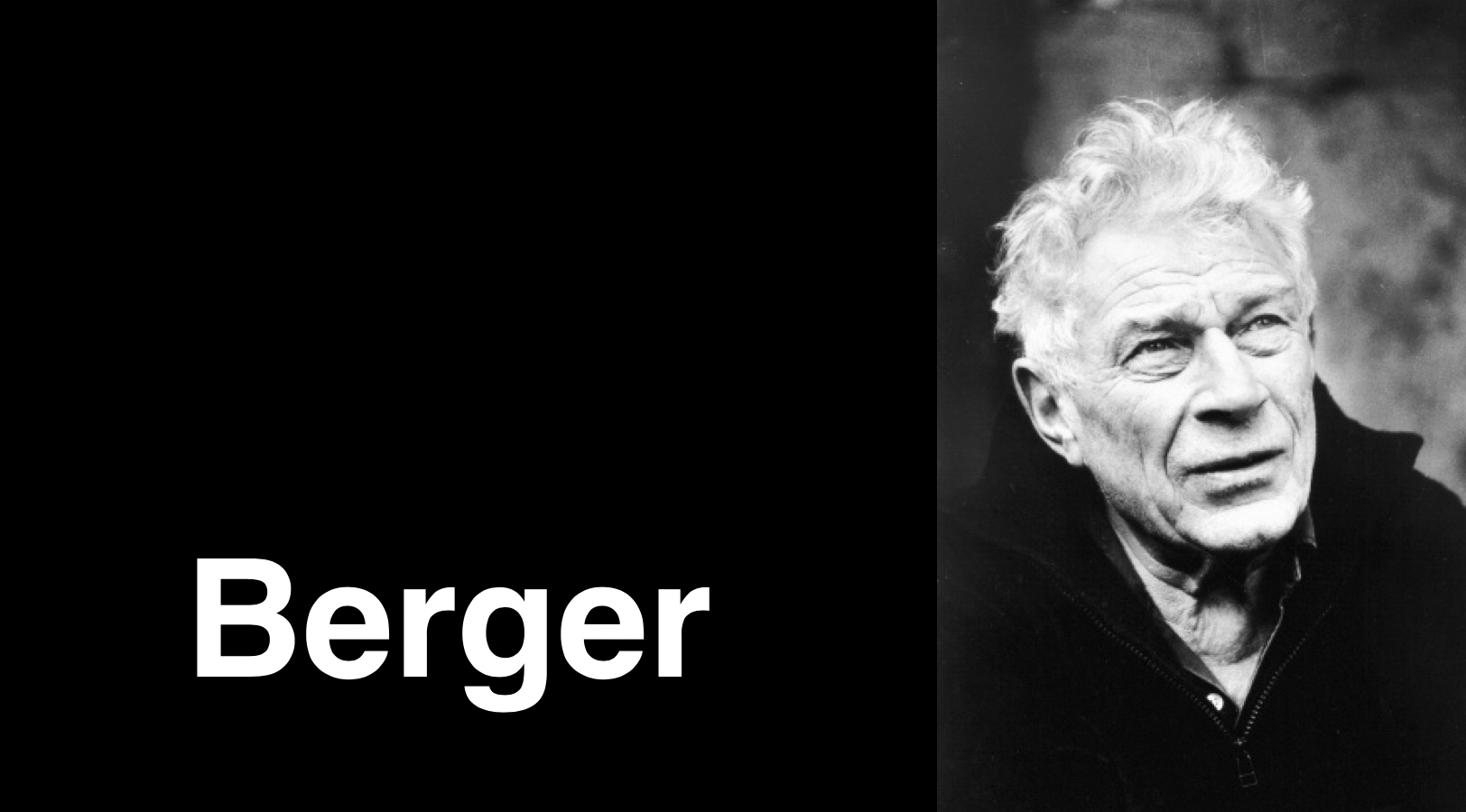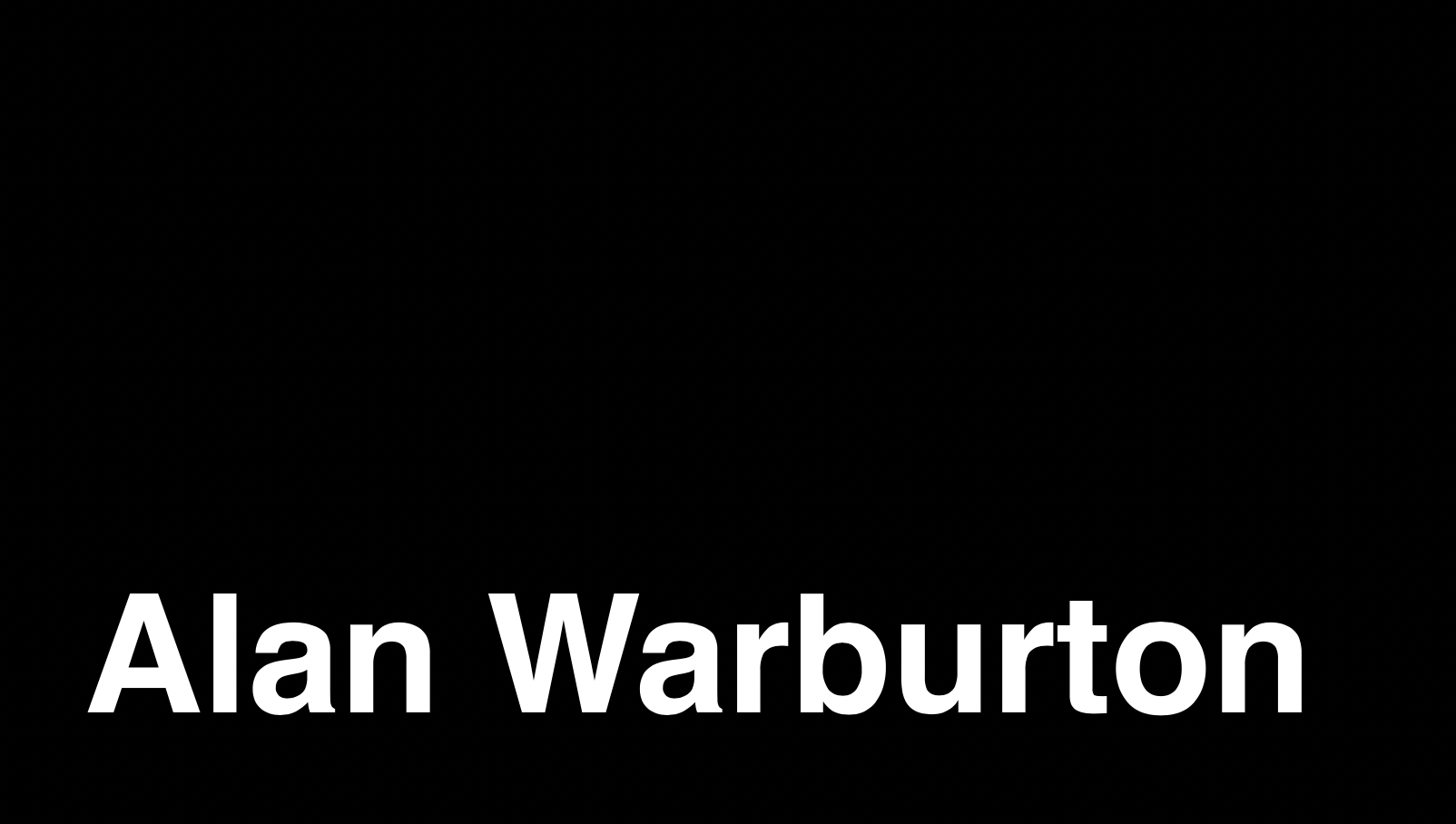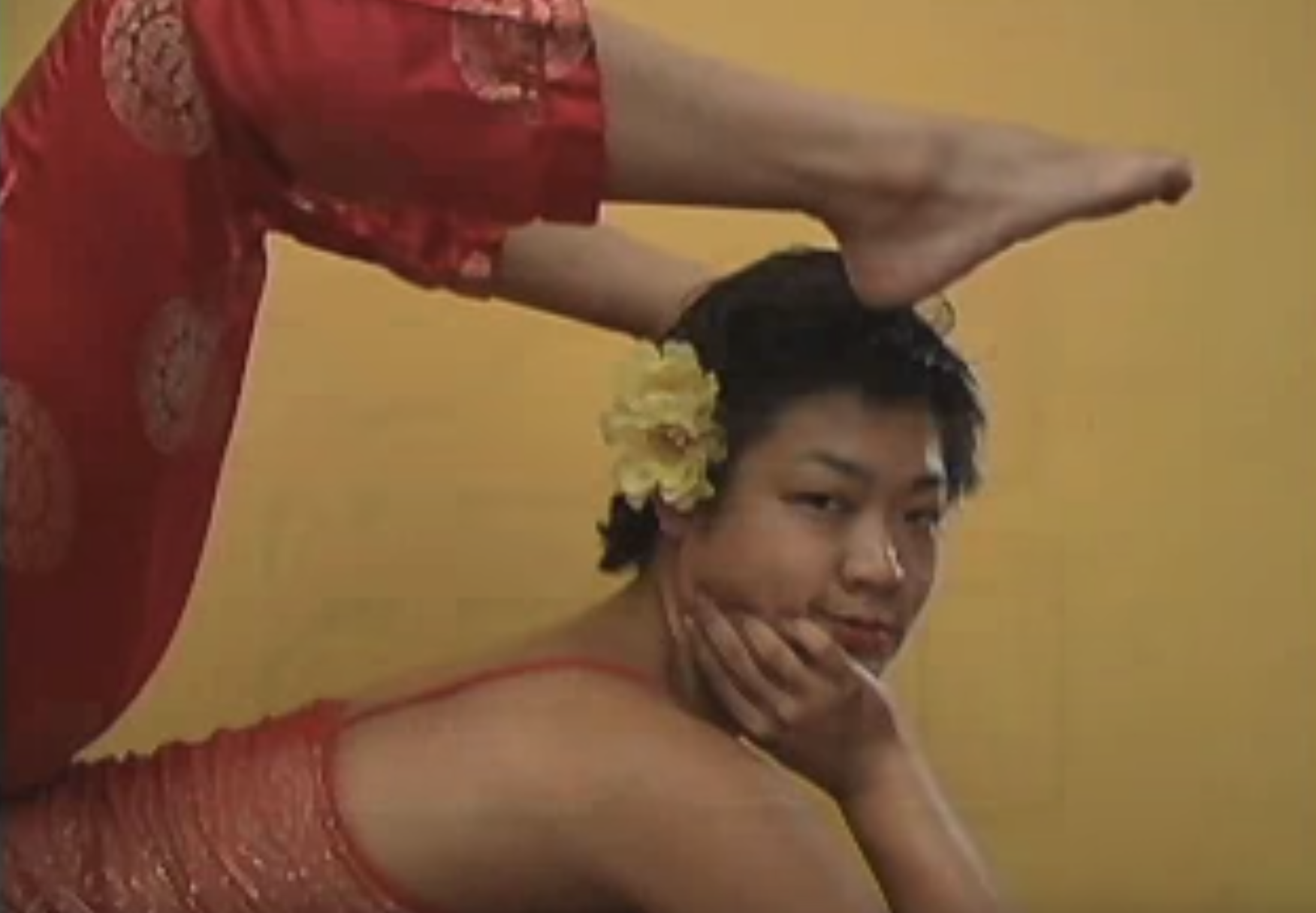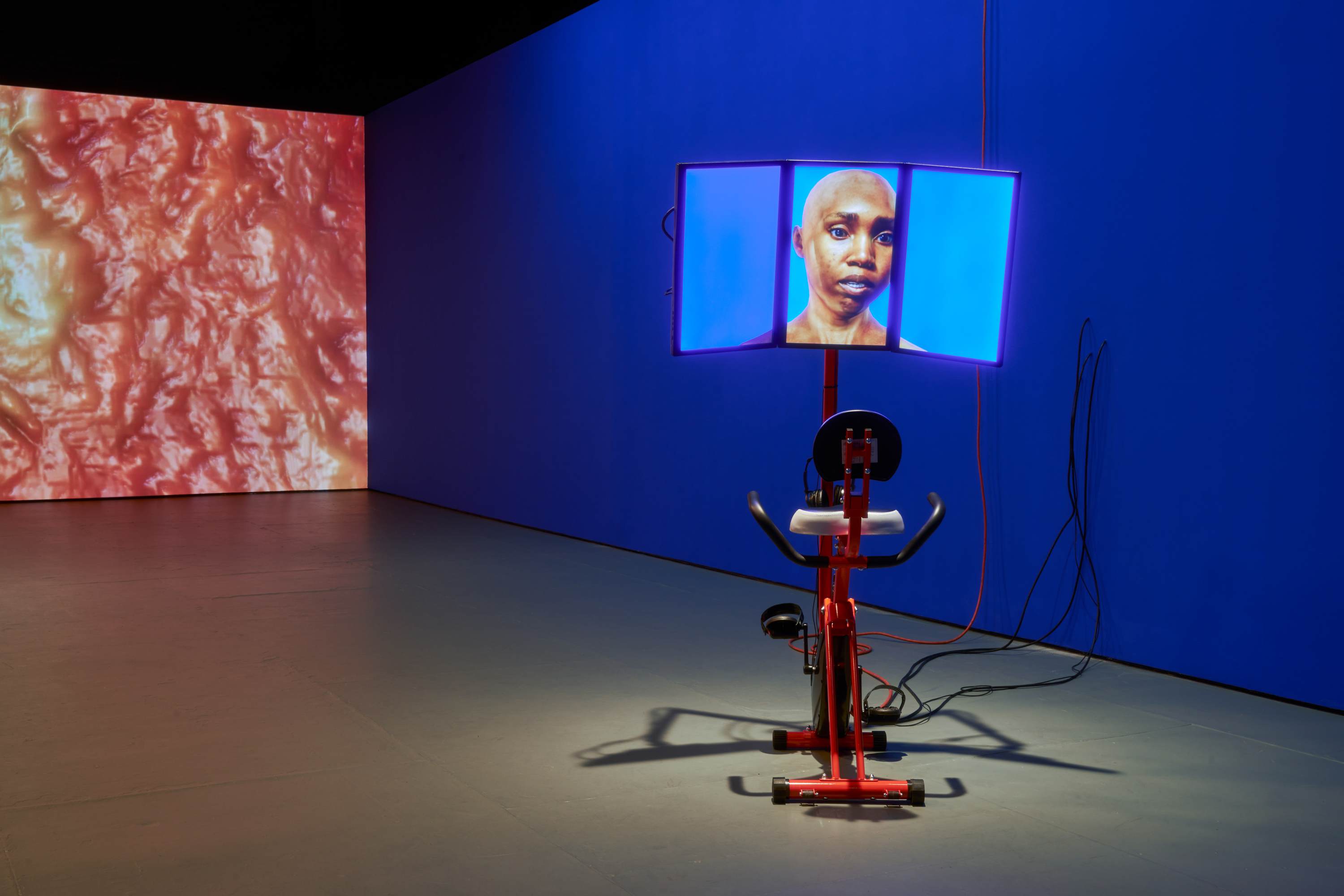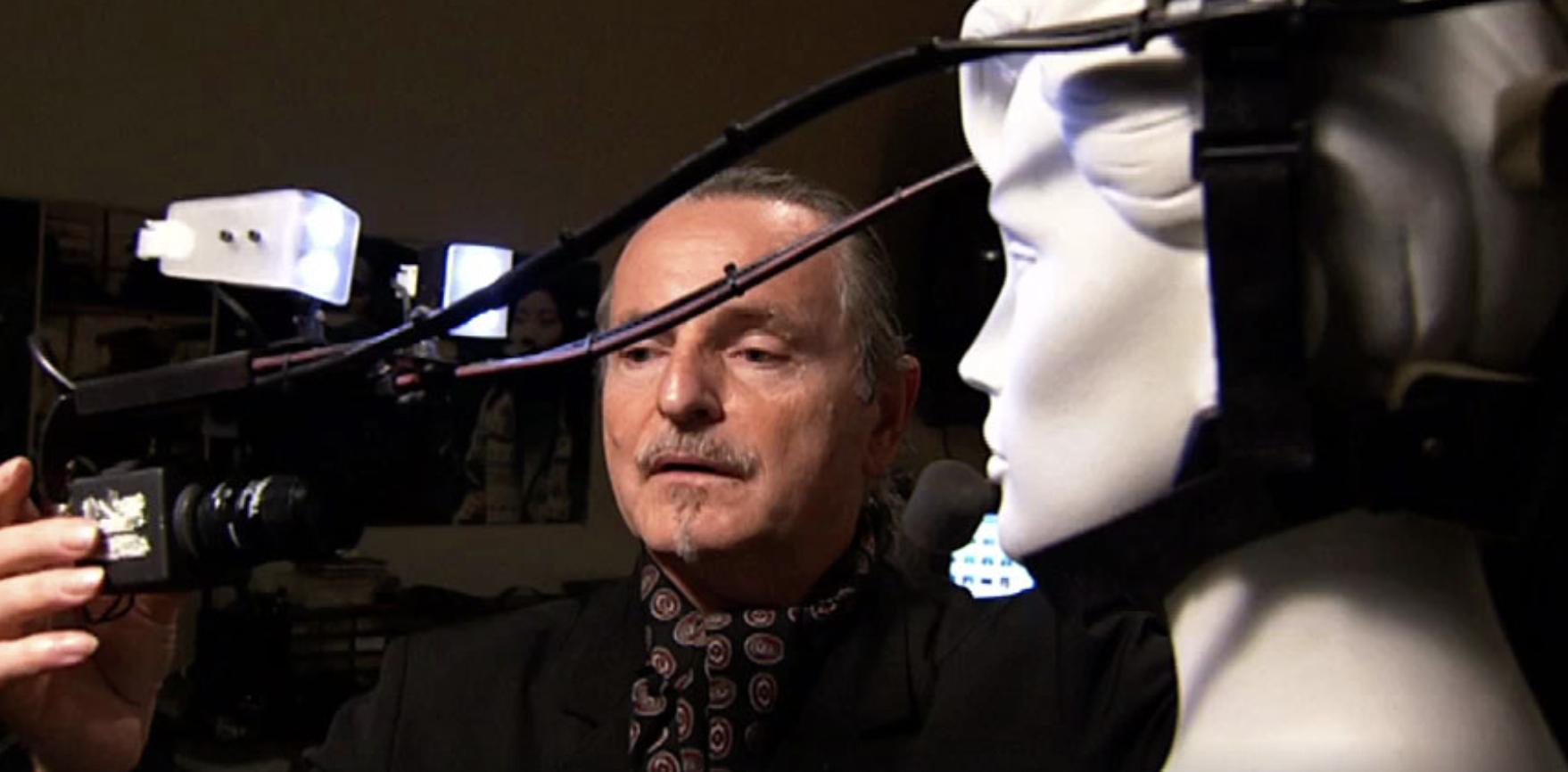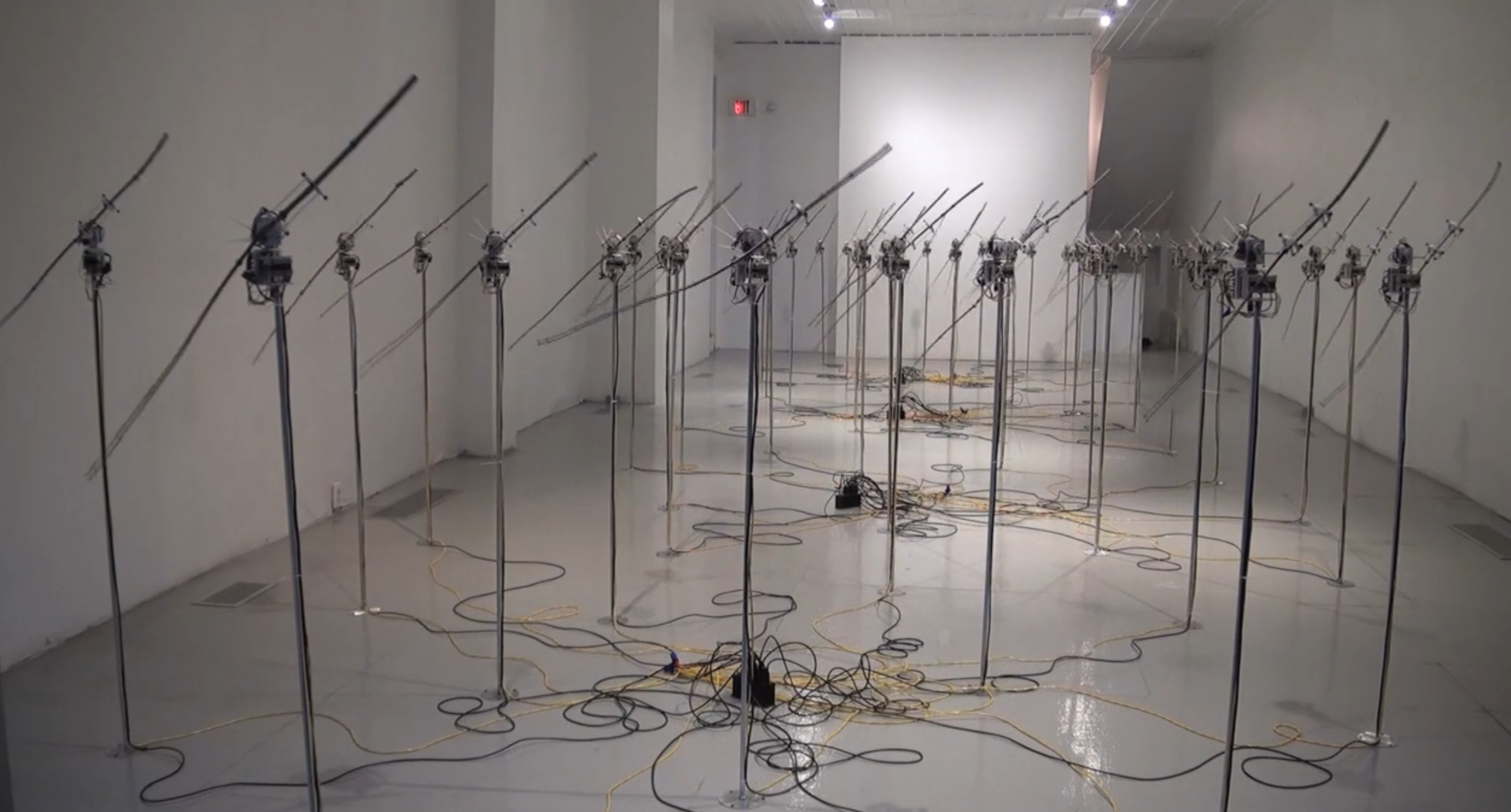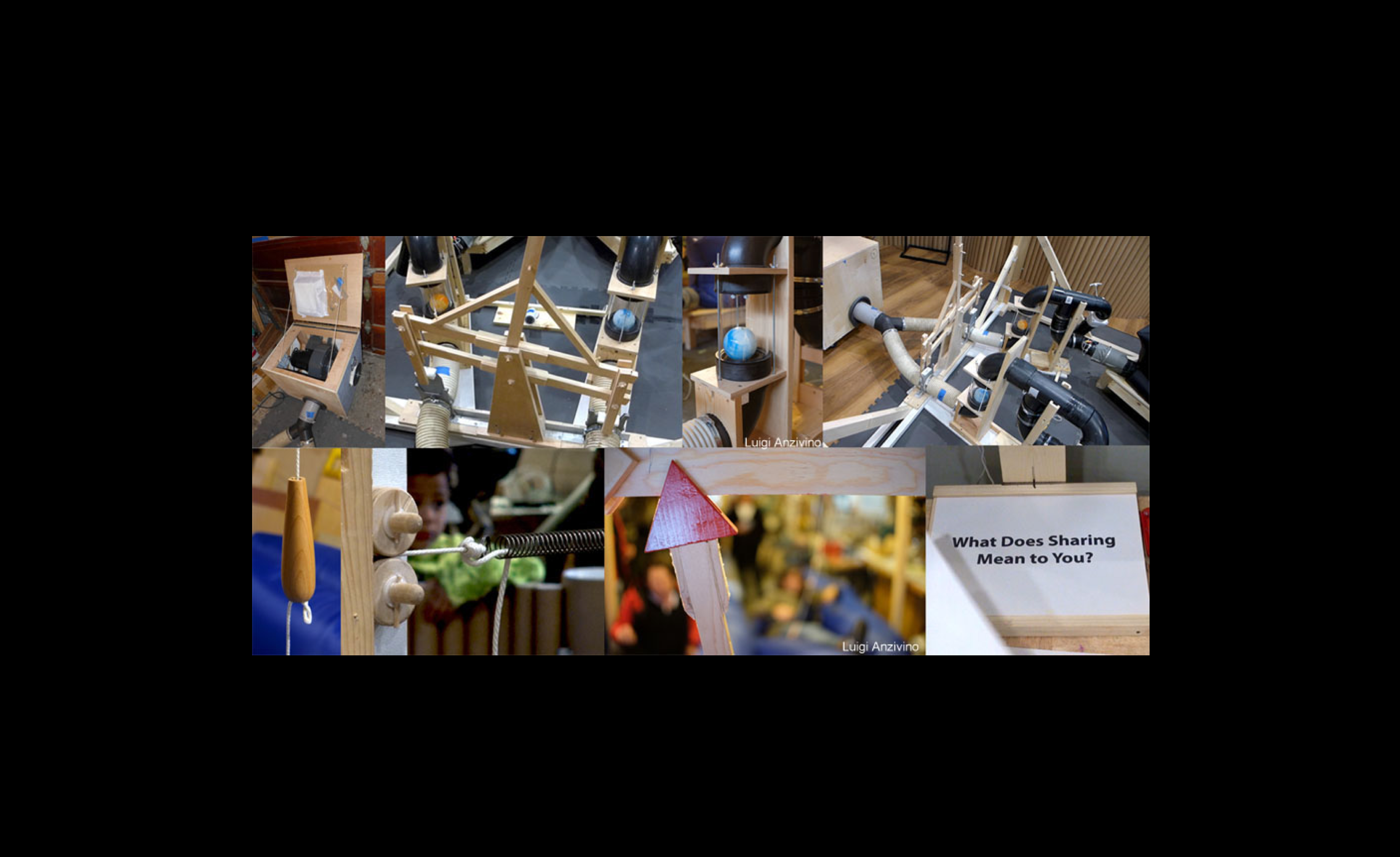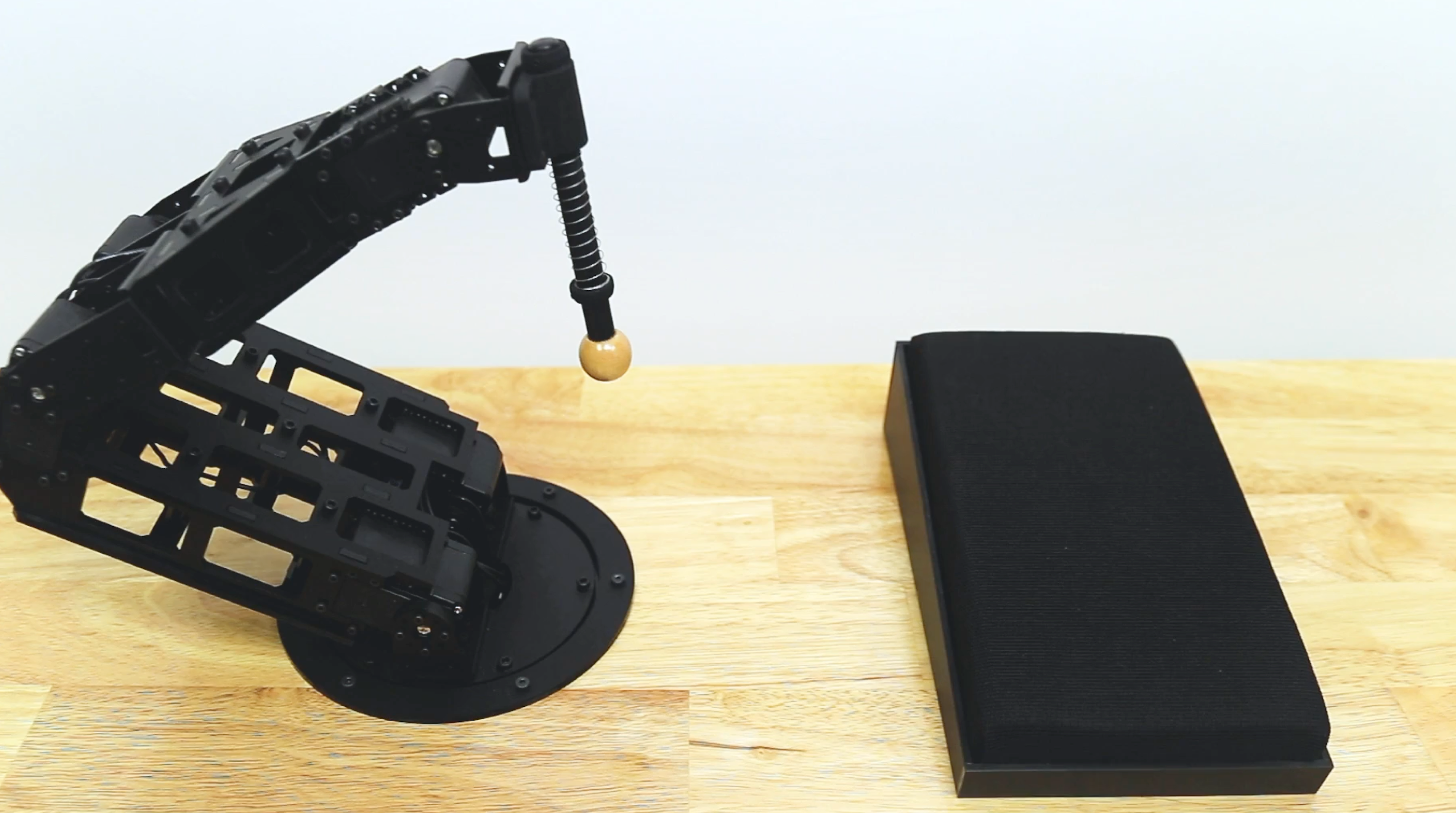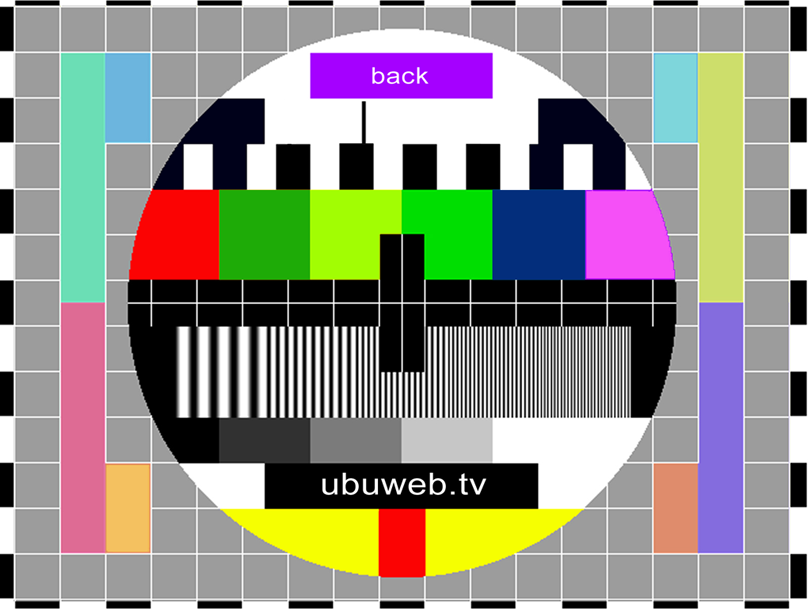Contents
The Phenomenological Body
“Over the course of the last thirty years, phenomenology has replaced aesthetics as the philosophical discourse of choice for dance studies, prodding scholars to think about a broad continuum of moving bodies within the cultures they inhabit. Generally speaking, phenomenology is the study of how the world is perceived, rather than the study of the essence of things as objects or images of our consciousness. It is a way of describing the world as we live in it—a philosophical approach that positions the body as a central aspect of that lived experience. Flipping Descartes’s “I think therefore I am” on its (in)famous head, phenomenology, as developed by Edmund Husserl, Martin Heidegger, and Maurice Merleau-Ponty, seeks to account for the structures of our situated “being-in-the-world.” This approach focuses on the body-based somatic and perceptual senses (including space and touch), as well as the more verbal and conscious aspects of our existence. I am deeply appreciative of phenomenology’s multifaceted analysis—from discussions of posture to issues of ethical behavior—of the ways our bodies both shape and are shaped by our life experiences. Paying attention to how our corporeal engagement with the world creates meaning in our lives.”
– Ann Cooper Albright, Chair & Professor of Dance at Oberlin College quote from “Situated Dancing: Notes from Three Decades in Contact with Phenomenology,” 2011.
__________________________________________
Within the context of this course, we would like you to center your body in your research. Using your lived experience, consider how it relates to modernity, art, and its technology.

John Berger + Michel Foucault.
In Foucault I found myself intrigued by his analysis of discipline as a mechanism of power. Discipline regulates the behavior of individuals in the social body. This is done by monitoring the organization of space (architecture etc.), time (timetables) and people’s activity and behavior (drills, posture, movement). It is enforced with the aid of systems of surveillance. Foucault emphasizes that power is not discipline, rather discipline is simply one way in which power can be exercised. Michel Foucault (London: Sage, 2005).
To discuss discipline from my perspective as a white female, it is important to understand that the common era and understanding of discipline is born from the classical age when it was discovered that the body could be an object and target of power. It was from this concept that docility, a body that is manipulatable, could be subjected, used, transformed and improved. Discipline could then be used in justify the following, “The human body was entering a machinery of power that explores it, breaks it down and rearranges it…it defined how one may have a hold over others’ bodies, not only so that they may do what one wishes, but so that they may operate as one wishes, with the techniques, the speed and the efficiency that one determines”
(Michel Foucault: Key Concepts, United Kingdom: Routledge, 2014). Foucault is defining control that requires domination and subordination. If you can control the body you can control the people.
In Berger I found myself surprised by five words that helped me to better understand everything I had felt, but never quite had the words to say.
“Men act and women appear. Men look at women. Women watch themselves being looked at. This determines not only most relations between men and women but also the relation of women to themselves. The surveyor of woman in herself is male: the surveyed female. Thus she turns herself into an object — and most particularly an object of vision: a sight.”
– John Berger, “Ways of Seeing,” 1972.
It is also important to consider the following:
- CONTEXT: Berger’s idea that looking is a political act, perhaps even a historically constructed process – such that where and when we see something will affect what we see
- BEWARE of Mystification: We live in an entirely different reality from the past, be aware of what we think the past was trying to represent.
Berger invites us to see and know the world differently: “The relation between what we see and what we know is never settled,” Berger was a public intellectual, using his position to speak out against social injustices and uplift artists and activists.
__________________________________________
After attending Alan Warbuton’s talk on Tuesday I couldn’t help but think about how art and technology relate in terms of structures of power. Warburton discussed how technology has advanced to incorporate new methods of surveillance and manipulation including, but not limited to: facial recognition, geolocating, and machine learning. Through advanced software and photoreal CGI, a copy could be made of a person, maybe me, that might be undistinguishable from the real person (me) when transmitted via screen.
He asks us, “When we are beyond the Uncanny Valley, that strange place where things are almost real… but not quite. After decades of innovation, where we can conjure just about anything with software. The battle for photoreal CGI has been won, so the question is… what happens now?
Art has often been in awe and at odds with the machine.
For example, the Precisionists celebrated the age of the machine and its influence on the American landscape.

Charles Sheeler, American Landscape, 1930.
While others critiqued the machine through disassembly.
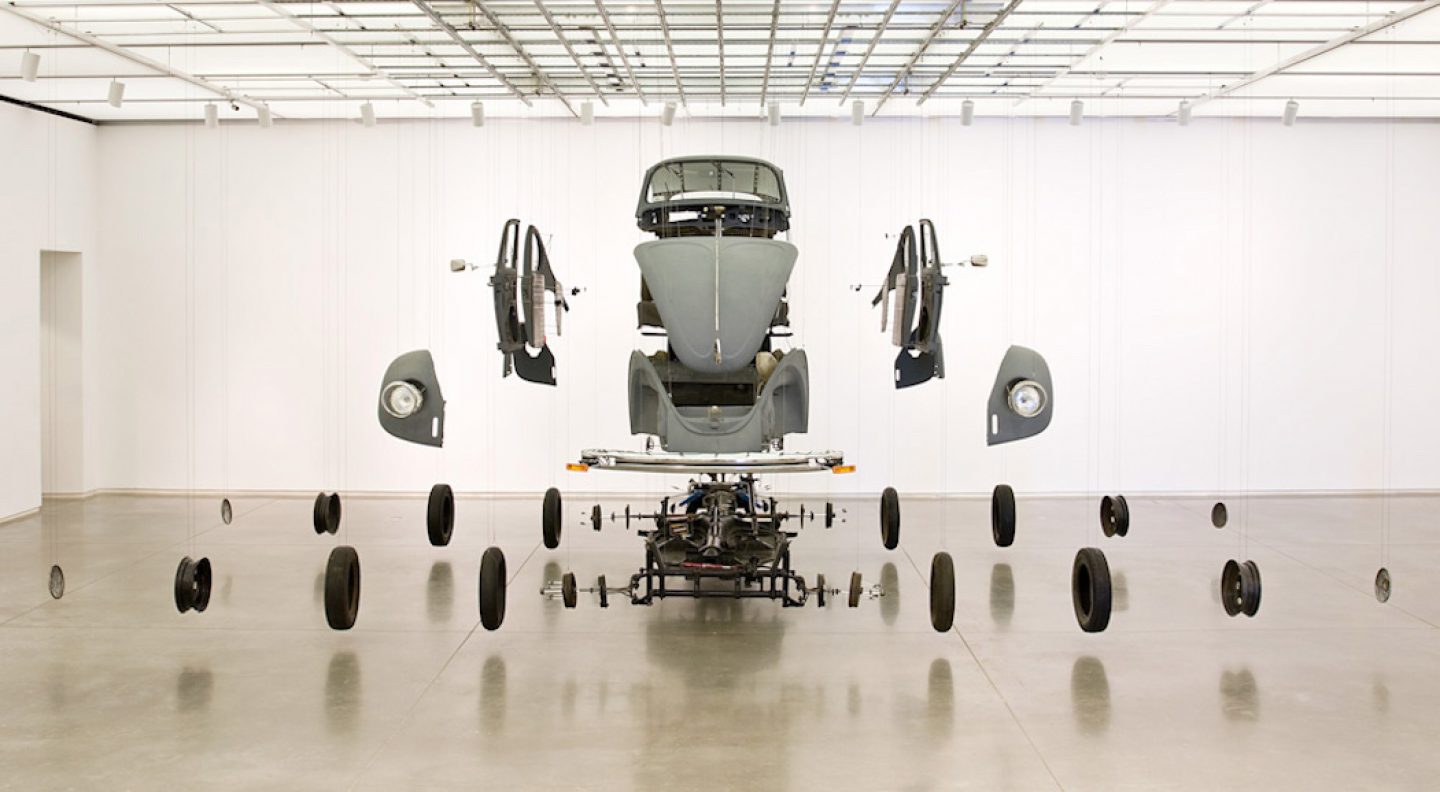
Mexican Artist, Damián Ortega’s Disassembled Art Installation “Cosmic Thing” 2002.
__________________________________________
Though not a critique of technology, definitely a critique of power…
Neshat’s two-channel video, “Turbulent,” 1998.
Shirin Neshat’s photographs and video installations illuminate the gender and cultural conflicts of her native Iran.
Francis Alÿs, “Sometimes Making Something Leads to Nothing – Paradox of Praxis 1,” 1997.
Patty Chang – “In Love with Patty Chang”
 GUILLERMO GOMEZ-PENA; WELCOME TO THE THIRD WORLD; LA POCHA NOSTRA
GUILLERMO GOMEZ-PENA; WELCOME TO THE THIRD WORLD; LA POCHA NOSTRA

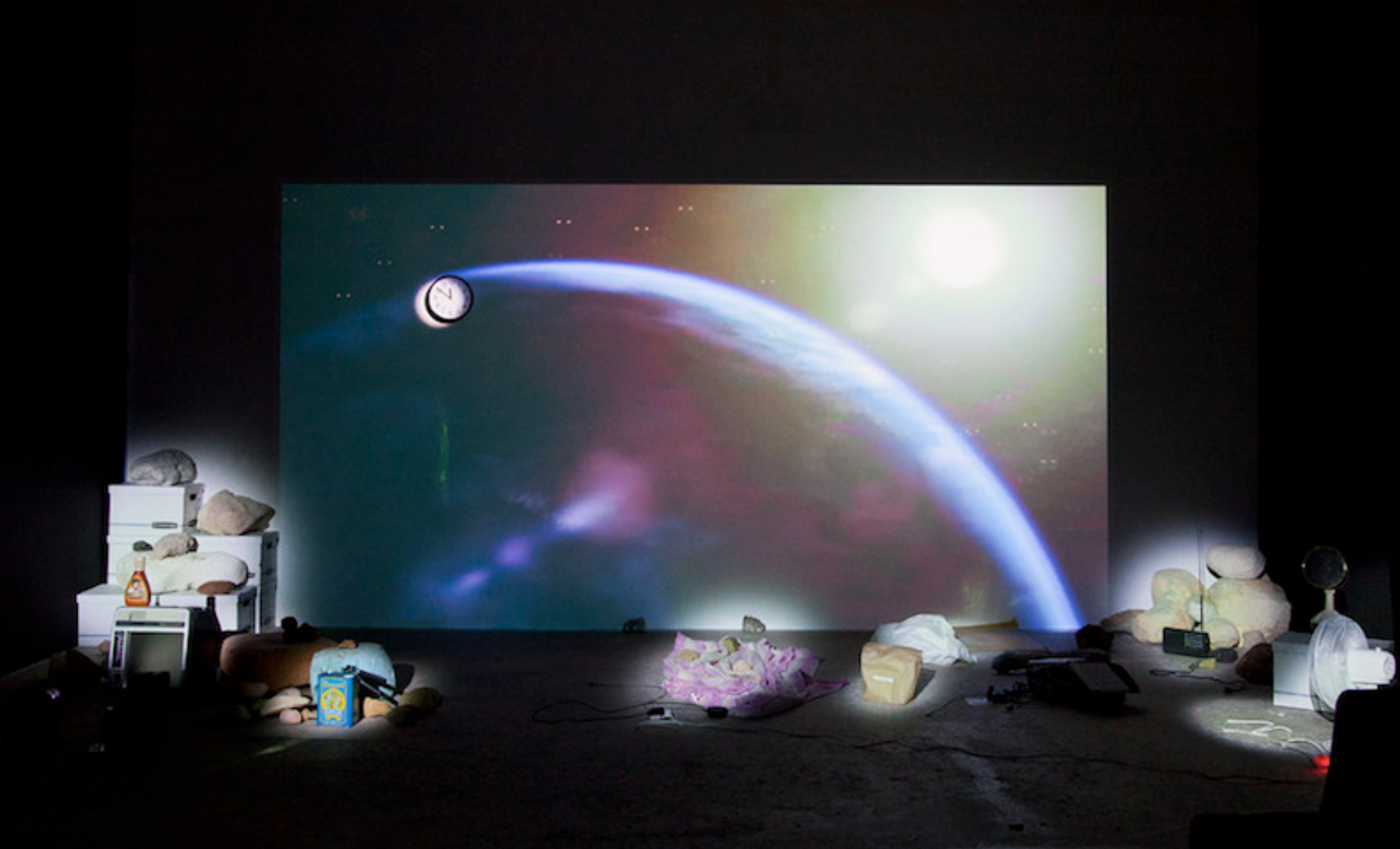 Trisha Baga, “Mollusca & The Pelvic Floor,” 2018.
Trisha Baga, “Mollusca & The Pelvic Floor,” 2018.
__________________________________________
FLOW

AT&T Archives: Similiarities of Wave Behavior (Bonus Edition)
Neil Harbisson
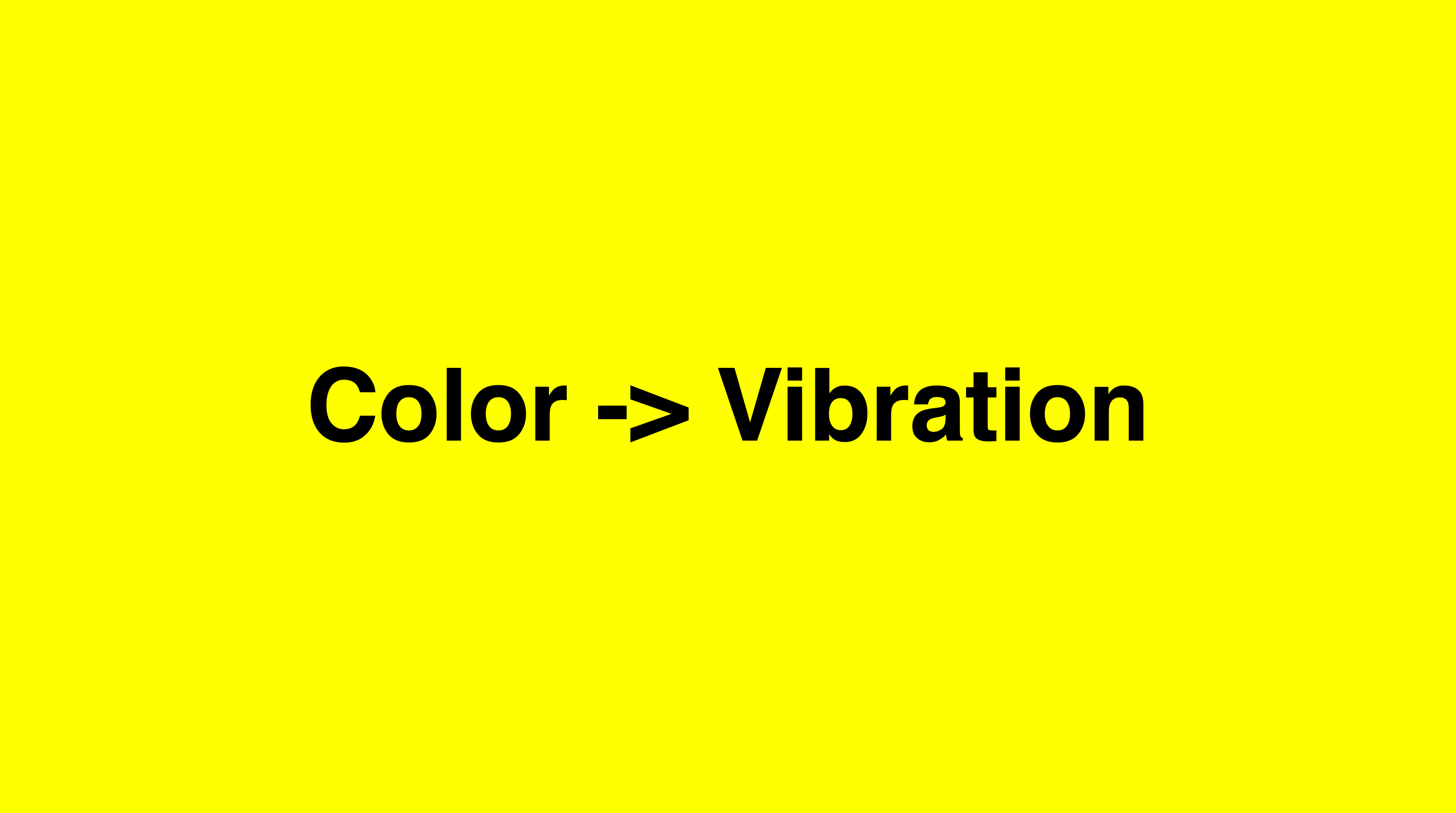
Lisa Park
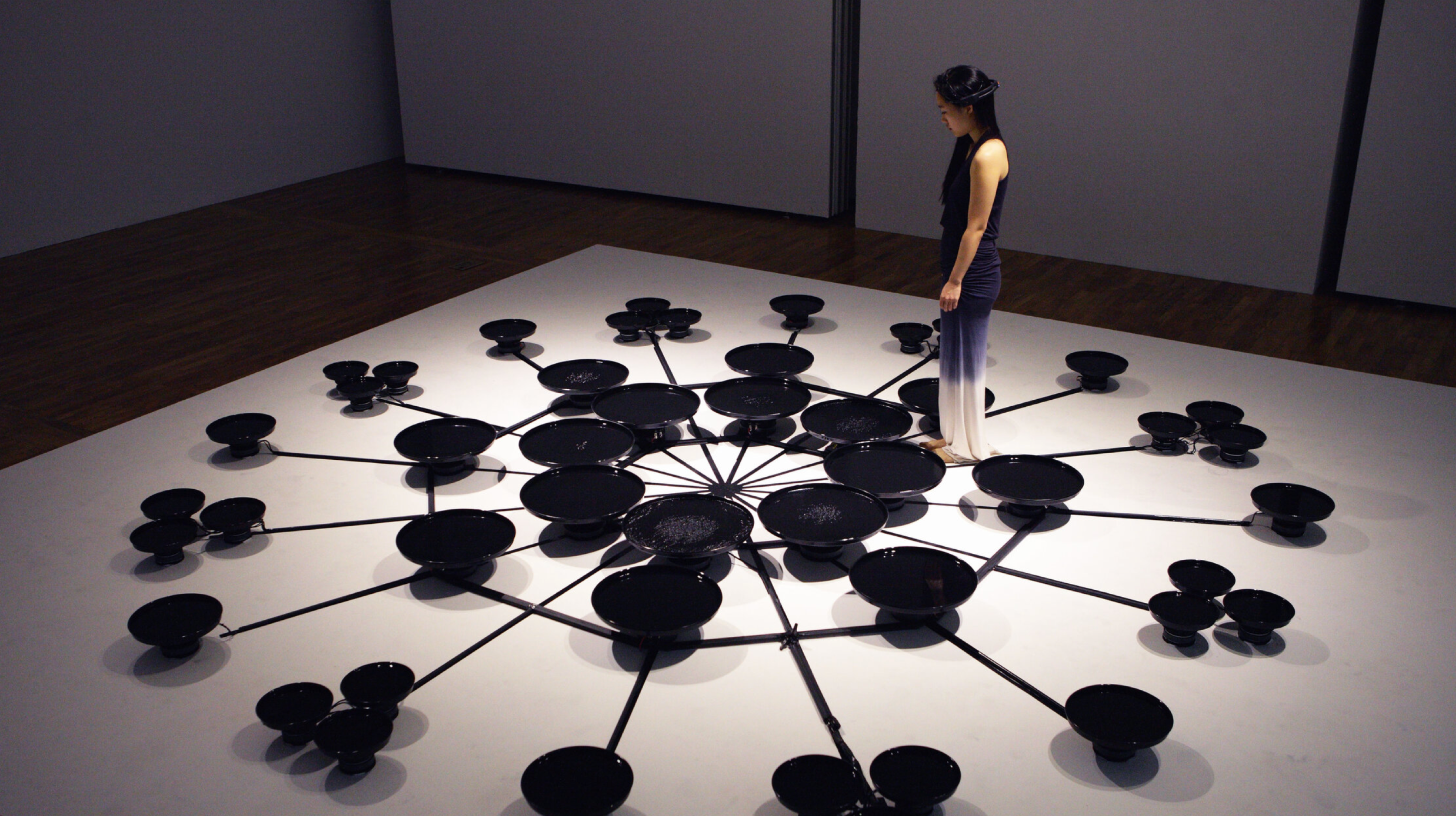 Eunoia II, Trailer Video
Eunoia II, Trailer Video
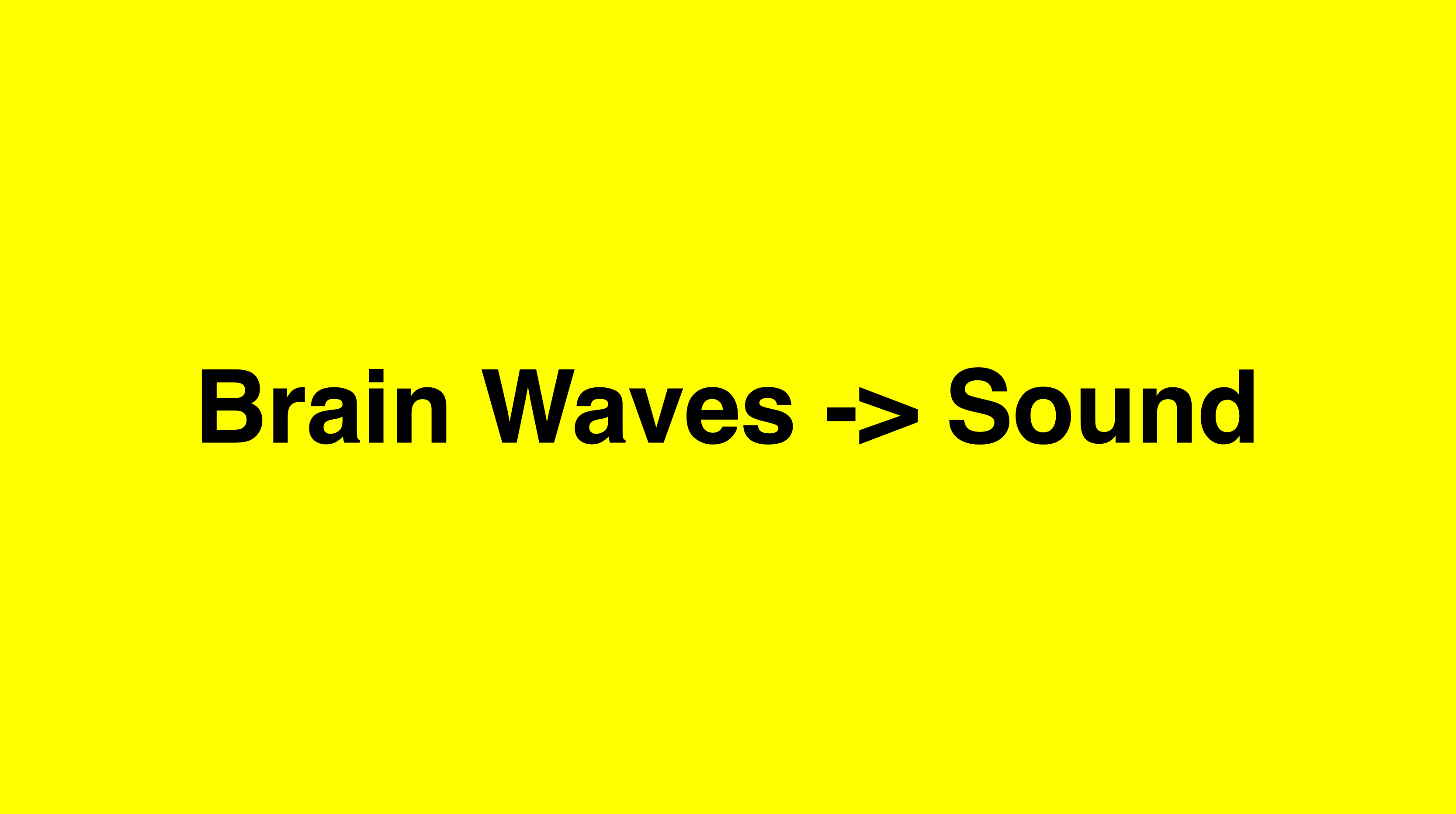
David Bowen
SPACEJUNK, Video
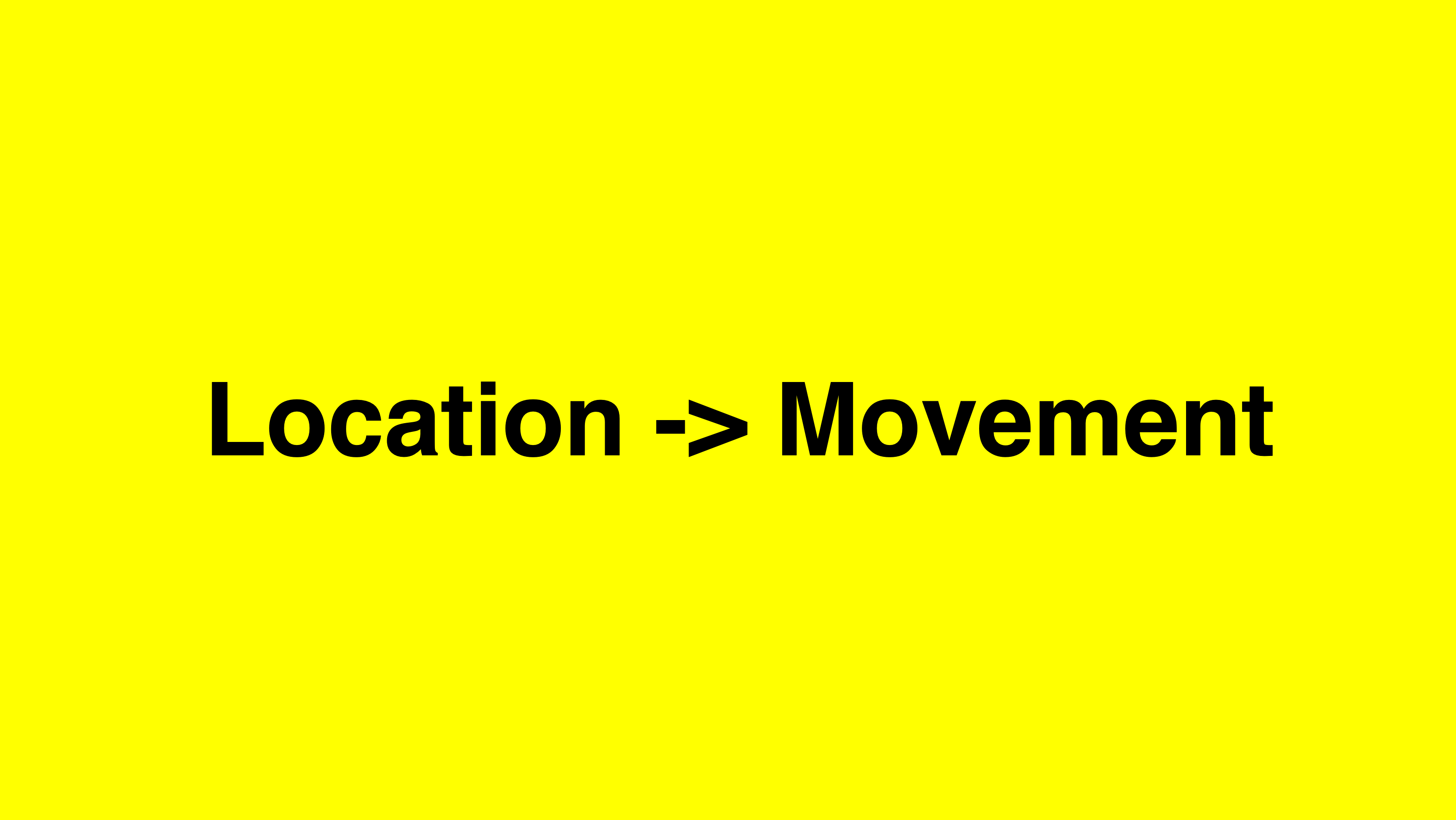
FLY CARVING DEVICE
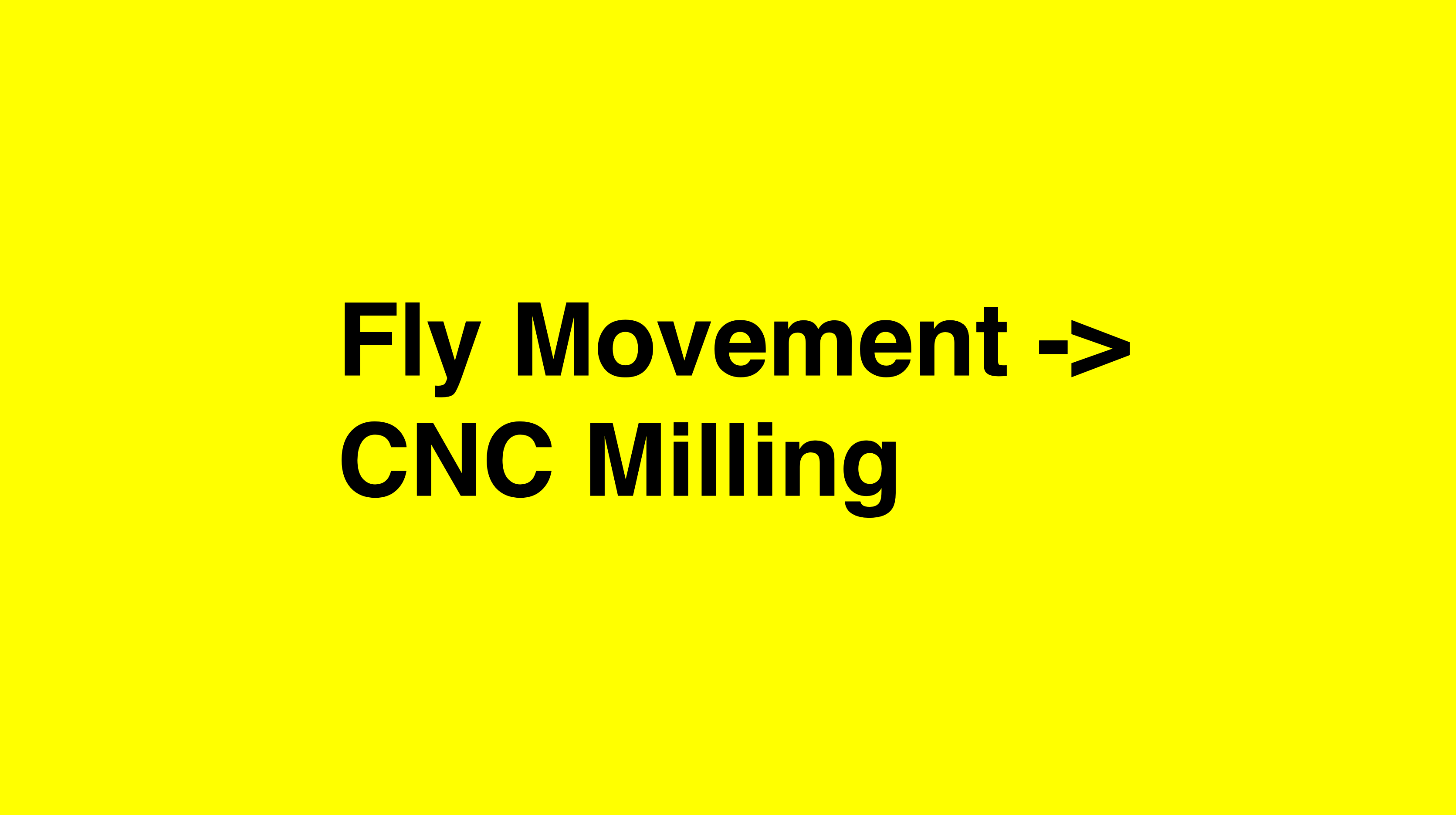
Tim Hawkinson
Überorgan, Video
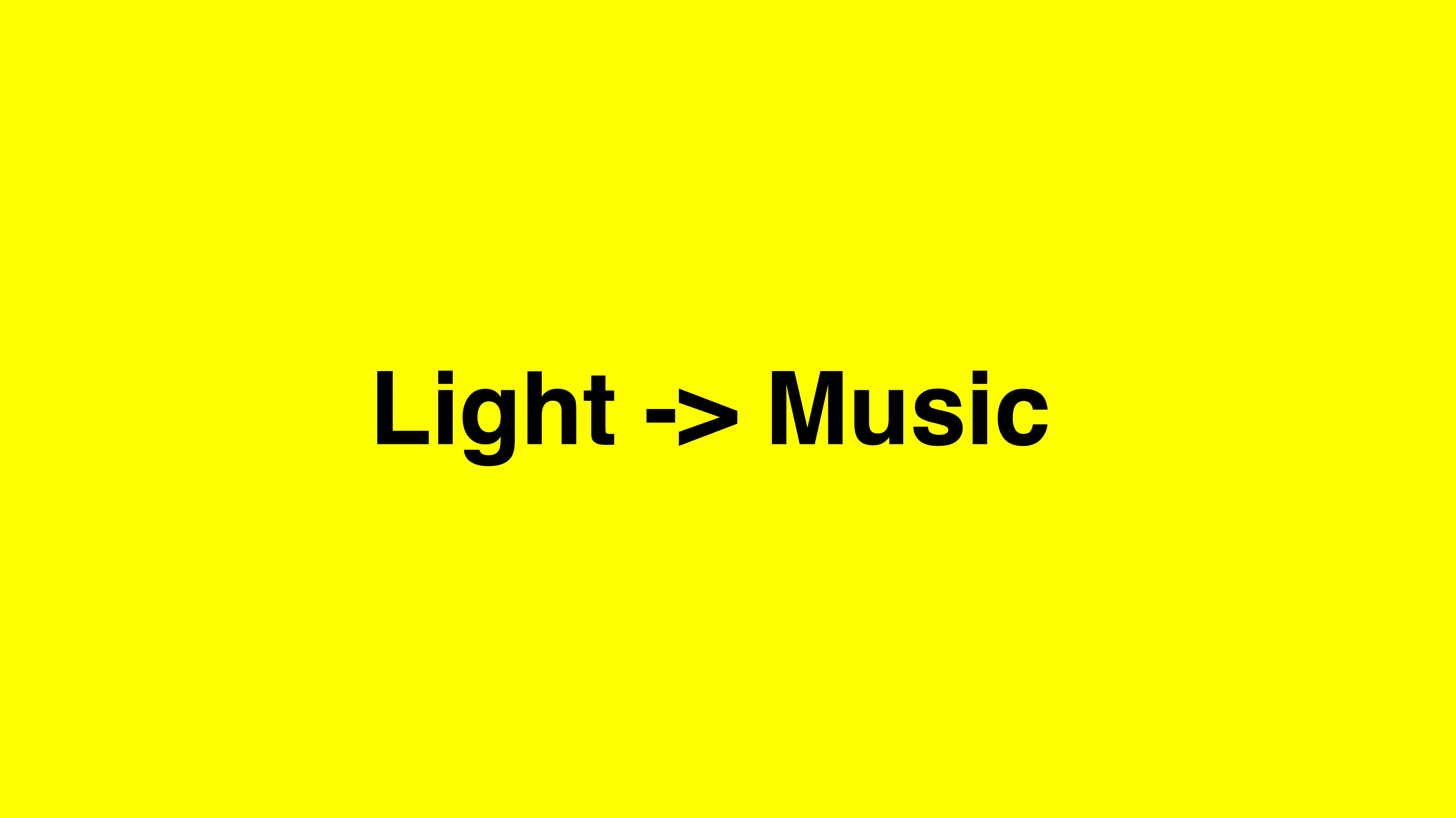
Bernie Lubbell
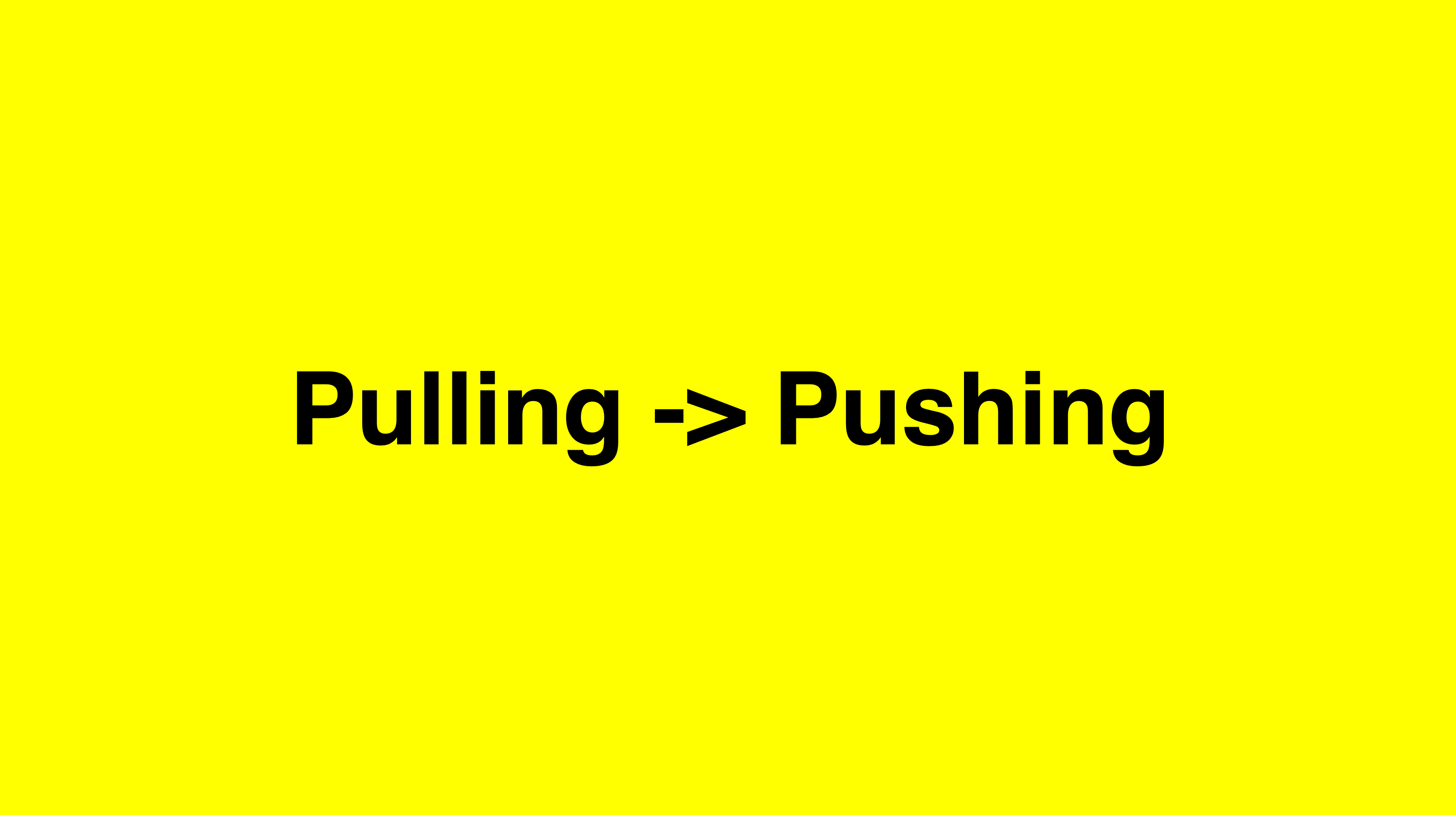
Jeff Thompson

__________________________________________
ARROWS
